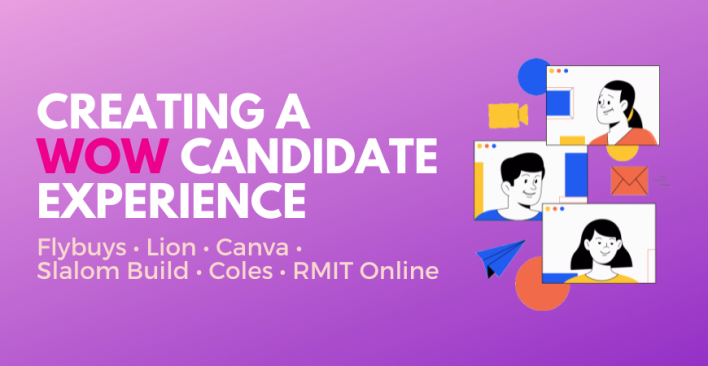How can we promote connections in the workplace?

We know that people crave connection. It’s a fundamental human need. And at a time when it’s harder than ever to retain high-performing talent, ensuring our workforces feel connected and engaged becomes business critical.
But how can we balance that need for connection with the competing need for workplace flexibility and work-from-home models?
This was the key question that Enboarder’s CMO Andrea Dumont and ATC’s Co-Founder Trevor Vas explored online during the webinar Connection Matters: How to build connection and engagement throughout the employee lifecycle.
**Keep scrolling to watch the recording of the conversation at the bottom of this article**
According to Andrea, there are 5 challenges companies face when building connection with their employees.
- Defining Connection
There are so many different ways to “define” connection. Because there is no ONE definition, internal leadership is finding it difficult to determine the best way to support better connection – especially in a hybrid workplace environment. - Unprecedented environment
Companies will not be able to bring their entire workforce together again in a face-to-face environment. With this, any expectation that connection will “go back to normal” is highly improbable. - Overwhelm and burnout
We’ve been living in the age of overwhelm and burnout for some time now. Slack’s Future Forum reported that 40% of employees globally are burned out – this makes reaching out to connect feel extra difficult. - Social Division
Have we ever lived in a more polarizing time when it comes to social and political issues? Because of that, many are seeing that permeate into work lives and, in turn, making it harder for employees to connect the way they need to. - The Economy
When there is uncertainty in the economy, ways to bring team members together and connect can be deprioritized in order to ensure financial security in the company.
When Andrea asked the online audience why they found it so difficult to connect with their co-workers, many of the replies echoed these sentiments.
“I think people have forgotten how to connect. They are wanting to connect but don’t know how to go about it.”
“Whilst WFH is great, it discourages people from having personal relationships with colleagues and having that feeling of comraderie you get from time spent together, it can create a disconnect.”
“People are finding it overwhelming and mentally draining after being isolated for so long.”
“People are very focused on themselves and achieving their goals rather than connecting with others in the workplace sometimes.”
“In a hybrid working environment people are often focussed on meetings and the work that must be done face to face when in the office. There’s little room for ‘water cooler’ convos that foster organic connections. Also, people are less clear on what others do as most of their work is remote – so it can be confusing when connecting through working.”
What can organisations do to foster connection in the workplace?
So we’ve all identified that there are significant challenges in fostering connection in the workplace. What are the practical things we can do to address those challenges? Here are Andrea’s suggestions:
- Recognise that physical proximity doesn’t automatically equal connection.
There may be an assumption that just because you’re in the same location or the same room as another person you’ll find it easier to build a relationship with them. But there are many workers who continue to work in an office in the same way they do at home (heads down, earphones in, Zoom calls on). Similarly, just because a fully remote worker is not in the office, doesn’t mean they aren’t able to build connection. - Don’t try to adopt a one-size-fits-all model
You need to know exactly where to focus your efforts in order to help enable them. Do you want to form emotional connections (such as a sense of belonging)? Or do you want to form intellectual connections (such as connecting people around ideas and information?). Understanding these drivers will help you better round out your employee journey and develop a more thoughtful human experience. - Implement activities to help peers feel connected to one another
Connection ultimately comes from peers. This means that facilitating activities that help foster these peer-to-peer relationships – such as team meetings, skill-sharing sessions, and spontaneous in-office interactions – is a critical step to the connection building process.
Watch the full recording of the conversation below or access the presentation slides. If you’re looking for practical solutions and applications to help intentionally build connections in the workplace, download the Enboarder report Rethinking Connection for a Hybrid Work World.
Related articles
Leave a Reply
Sign up to our newsletter
Get a weekly digest on the latest in Talent Acquisition.
Deliver this goodness to my inbox!


